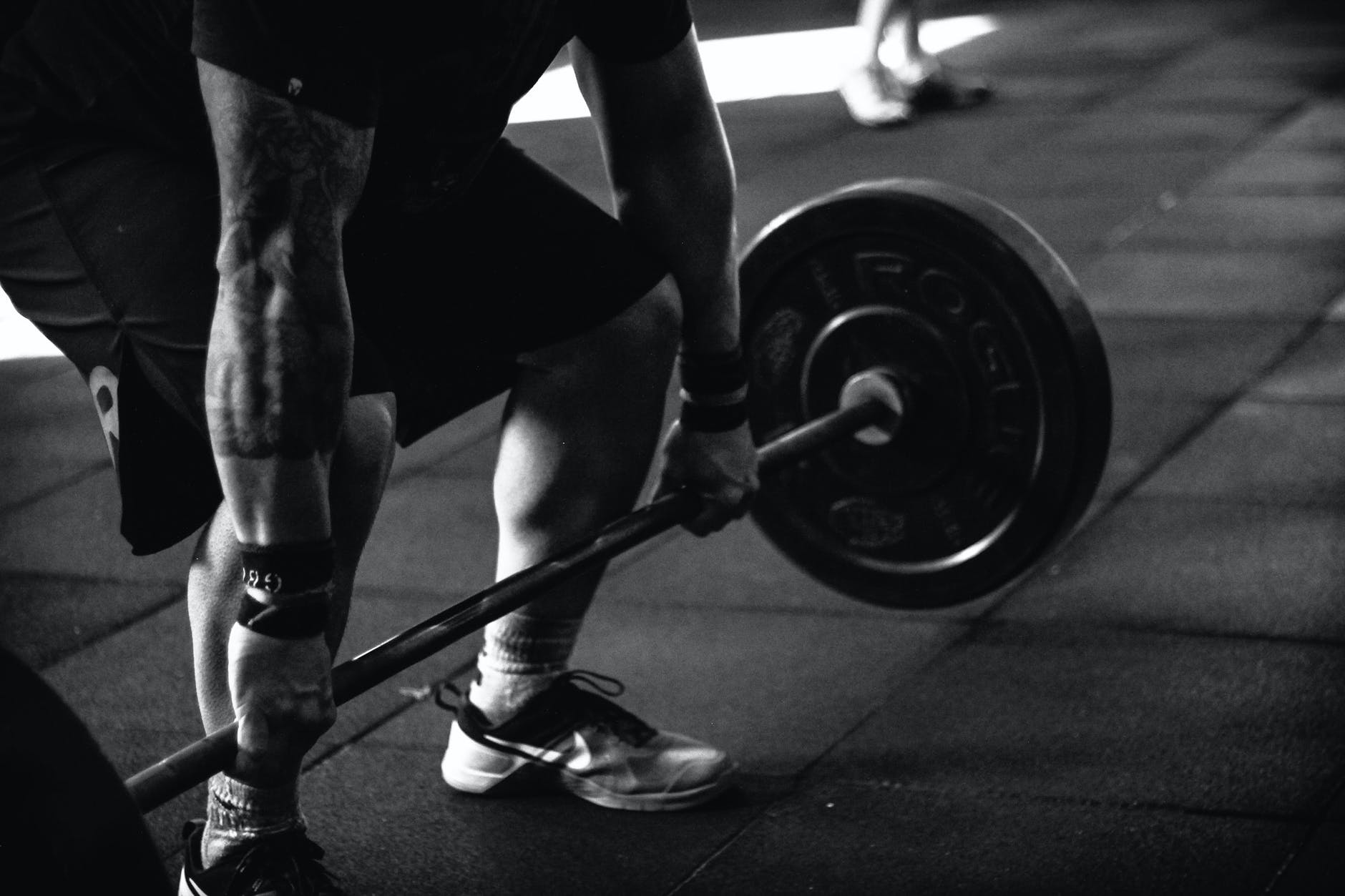The explosion of wellness as a mainstream trend has affected some positive change: healthier options at major restaurants, an influx of boutique fitness studios, and a renewed interest in self- care among them. But the invigorated interest in our health has also opened the floodgates for information – particularly around diet and fitness – that isn’t always the foremost reliable. There is so much information floating around about exercise, that it’s sometimes hard to discern fact from myth. And unfortunately for several folks, hearing is believing. Here are some common myths regarding fitness which are commonly believed and followed.

1. Stretch before you workout- We all must have heard this one and believed it without even questioning it. The importance of a pre-workout stretch is that the favorite most-believed myth, with nearly 3 in 5 believers. Studies have shown that the main advantage of stretching is maintaining or increasing range of motion through a joint. What about injury prevention and improved performance? Stretching has historically been prescribed for tight muscles as a way to get the body to relax but recently the fitness industry has discovered that stretching a ‘cold’ body could have negative impacts. But that doesn’t mean jumping right into your workout is the better option; instead, keep the pre-workout warm-up but change what it consists of. A proper workout schedule should be a cardiovascular exercise to warm the body up and get the blood flowing for about 5 to 15 minutes, followed by a sequence of dynamic exercises.

2. Lifting weights will pump up your body- For a long time weight lifting was put in the spotlight by bodybuilders, strongmen, and professional athletes determined to be the biggest and worst on the block. It bred the longstanding misnomer that you lift heavy weights minimal times for size and strength and you lift little weight a lot of times to lose weight/lean out … not true. At all. It’s important to dispel this myth because strength training is a vital component of any fitness routine. Lifting weights regularly (and appropriately) will: improve your heart health, keep your tendons/joints/ligaments lubricated and feeling good, boost your metabolism, correct your posture, regulate your hormones and make you stronger. t does all this because lifting weights taps into all of your body’s energy/movement systems while challenging it in a way that forces the response of all that was previously mentioned. What lifting weights won’t do is give you unwanted bulkiness unless you are specifically training for that.

3. Muscles turn into fat if you stop working out- This is a popular myth in part because of an optical illusion. If I transition from a lively lifestyle of building mass to whatever an alternate lifestyle seems like, there’s a chance. The muscles get smaller and therefore the body fat will probably rise counting on the diet. This leads most people to believe that their muscle is turning into fat. The real story is that muscle and fat are two different tissue systems with different functions. Muscle tissue is what gives you mass and what is constantly burning calories. The fat tissue is what gives you the ‘gut’ and is where excess energy is stored. Although energy is shared between the 2 systems, muscle and fat don’t convert to at least one another. They simply move up and down on a spectrum independently and in most cases simultaneously. The confusion for people probably come therein once they are inactive, their muscle size and productivity decreases. This results in less of a demand for ‘fuel’ or energy from food consumption. When your body has excess fuel from unused food its default is to convert it into long term storage, aka ‘fat.’ When you have an increased demand for storage your fat cells expand or grow larger and in some instances, new ones are created.

You must be logged in to post a comment.